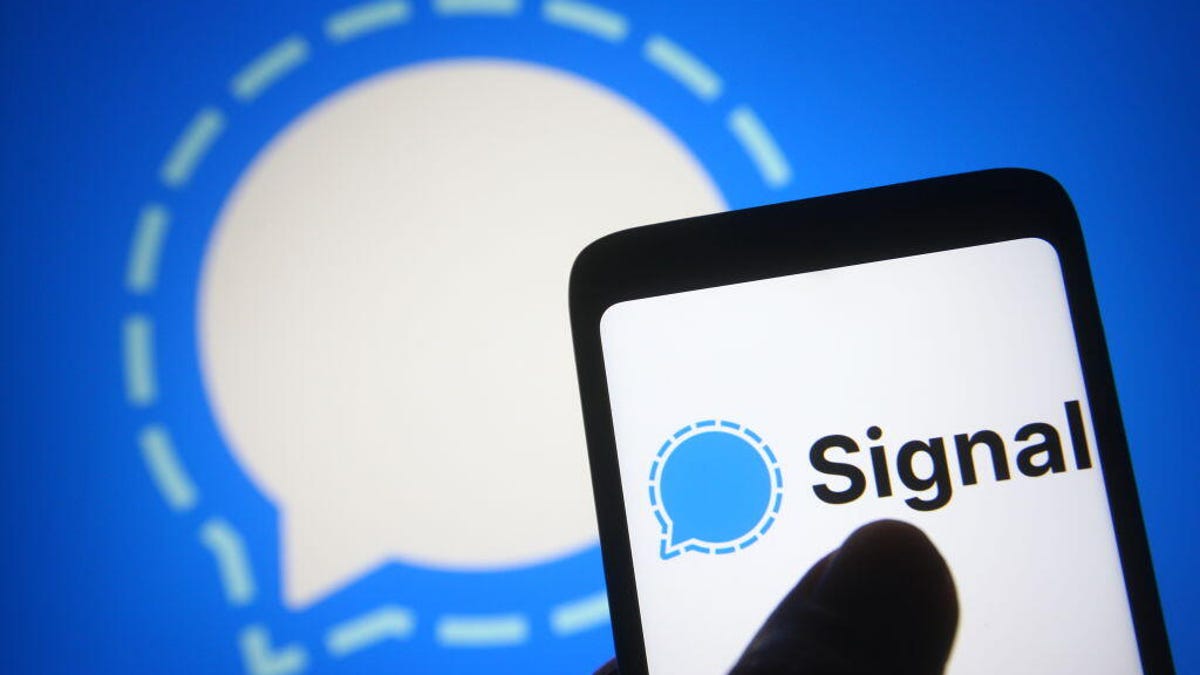
On Monday, Signal announced a host of improvements for video calls, including “call links” that make the encrypted messaging app more competitive with video-conferencing platforms such as Zoom and Google Meet, while retaining Signal’s privacy edge for users determined to keep their personal data from being collected.
Signal’s call links feature enables users to share a link that starts a video call with other Signal users — no group chat is required.
According to a blog post, Signal users can “share a link with anyone on Signal and in just a tap or click they can join the call.” Moreover, “Call links join a suite of other features to improve Signal calling including a raise hand button, emoji reactions, a dedicated calls tab, and a number of improvements to the look and feel of Signal calls.”
Signal first introduced private, end-to-end encrypted voice calls in 2014. Previously, you could only initiate calls from a Signal group chat; this new feature makes it easier to hop on a call by sending a friend, co-worker, or family member a link inside or outside of Signal. The company says it considers this new feature a “substitute for the surveillance-heavy video meeting services,” thereby maintaining its promise of providing “a private place to communicate.”
Last year, Zoom got in hot water for feeding customer data into its artificial intelligence programs, fueling public scrutiny over how people’s data and content are being collected and used to train AI without their consent.
Signal is getting some other upgrades, too, including a “raise hand” button that will alert people when you have something to say, emoji reactions, and a dedicated call tab that will detail users’ call history.
Here’s how to create a call link
First, open Signal on your phone or desktop and tap the calls tab. Then, click to create a call link. By default, you’ll have to approve people before they can join a call. The links are also reusable and can be used for recurring meetings.
The new call features are available on the latest version of Signal on Android, iOS, and desktop.










